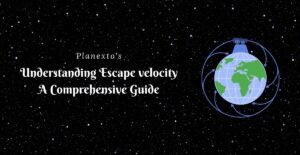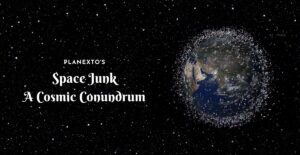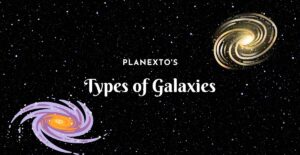Introduction
The Earth, our home, is a marvel in the cosmos, brimming with intriguing facets that continue to captivate and awe. Exploring the rich tapestry of fun facts about Earth unveils a realm of wonders that often elicit sheer amazement and curiosity.
Purple Earth Hypothesis
The “Purple Earth hypothesis” suggests that ancient Earth might have appeared purple due to the presence of early photosynthetic microorganisms using pigments like retinal, absorbing green light and reflecting purple. However, this idea remains speculative, lacking direct evidence. Current understanding relies on geological and biological evidence to reconstruct early Earth’s conditions, indicating a different atmosphere and climate compared to the present, but the specific colors remain uncertain.

Flipping Magnetic Fields
Geomagnetic reversals, or pole reversals, are gradual processes where Earth’s magnetic field undergoes a flip, with magnetic north and south poles exchanging places. Occurring over thousands of years, these reversals, last happening around 780,000 years ago, don’t lead to immediate climate changes. While their full impact is not entirely known, they could influence navigation systems and certain animal behaviors. Researchers closely observe Earth’s magnetic field to grasp the changes occurring and their potential implications.
Moon formation: Earth’s cosmic collision
The Moon formed approximately 4.5 billion years ago through a giant impact hypothesis. A Mars-sized body, often referred to as Theia, collided with the early Earth, causing debris to be ejected into space. This material accumulated over time to produce the Moon. The collision melted Theia and part of the Earth, leading to the homogenization of their materials. As the molten material cooled, the Moon solidified. The gravitational forces between the Earth and the Moon caused tidal interactions, influencing both bodies’ evolution.

The Duality of Earth’s Tallest Peaks
The title of the tallest mountain on Earth depends on the reference point. Mount Everest is commonly recognized as the highest peak above sea level, towering at 29,032 feet (8,848 meters). However, if measured from base to summit, Mauna Kea in Hawaii surpasses Everest, with a total height of about 33,500 feet (10,210 meters). Nature has some cool surprises! Most of Mauna Kea is submerged, starting from the ocean floor. So, depending on the criteria—above sea level or base to summit—the title of the tallest mountain can vary.
Shooting Stars and Stardust
Earth accumulates about 40,000 tons of cosmic dust annually, originating from comets, asteroids, and interstellar space. Most of it burns up in the atmosphere, creating shooting stars. Our planet is like a giant collector for cosmic dust – it’s constantly gathering these tiny particles drifting in space, remnants from comets, asteroids, and various celestial bodies. As they enter Earth’s atmosphere, these cosmic dust particles often catch fire, creating those beautiful streaks of light we fondly call meteors or shooting stars. Some larger particles may survive the atmospheric entry and settle on the Earth’s surface.

Liquid Gold
Earth’s oceans do contain trace amounts of gold, but concentrations are extremely low, averaging about 0.005 parts per billion (ppb) in seawater. This means that for every billion parts of water, only about 0.005 parts are gold. Although the total amount of gold in oceans is substantial due to their vast volume, economically extracting it is a significant challenge. The concentration is too low for conventional mining methods to be viable. Various approaches, such as using special resins or extracting gold with algae, have been attempted, but none have achieved commercial success on a large scale. The quest for a commercially viable solution to extract gold from seawater continues.
Weighty Matters
A person’s weight can marginally differ depending on their Earth location due to gravitational variations. Earth’s shape, slightly flattened at the poles and bulging at the equator, affects gravity. At the poles, gravity is stronger, making one weigh slightly more than at the equator. This difference is minimal for daily activities. Scientifically, gravity variations are crucial; for instance, at the poles, one might weigh about 0.5% more than at the equator. However, this minute change is usually inconsequential in everyday life, and the impact is only prominent in precise measurements, like in geophysics or space missions
Conclusion
In conclusion, the Earth remains a celestial marvel, a testament to nature’s artistry and a canvas upon which life thrives in its diverse forms. Exploring the myriad facets of our planet’s wonders illuminates the sheer beauty and complexity that define our cosmic home.








